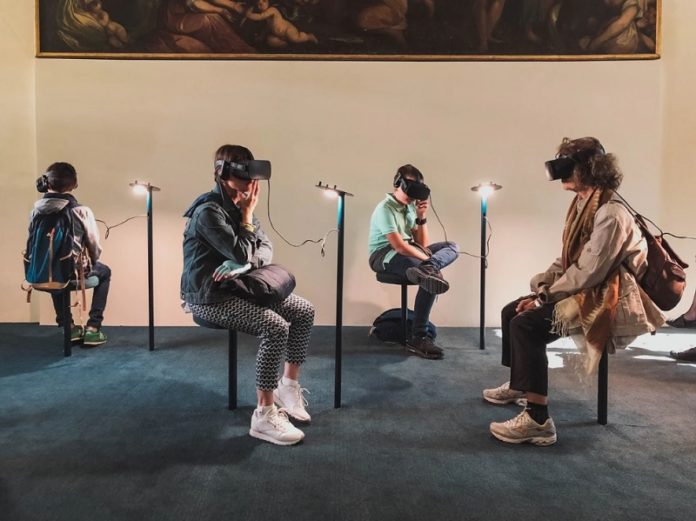According to IDC, APAC spending on augmented reality and virtual reality (AR/VR) is forecast to be $3.7 billion in 2019, an increase of 34.0% from the previous year. APAC spending on AR/VR products and services will continue this strong growth throughout the forecast period (2018-23), with a five-year compound annual growth rate of 62.0%.
This growth will be primarily driven by commercial industries which are going to be 10 times larger than the consumer segment by the end of the forecast (2018-23). Despite this, the consumer segment (which is currently at $1.7 billion in 2019) continues to be larger than any other industry segment over the forecasted period.
The high growth in the commercial segment is primarily due to the AR/VR capability to solve complex business problems and streamline operations, the analyst firm forecasts. The two industries that are seeing the most activities/implementation in APAC are education ($495.3 million in 2019) and retail ($244.4 million in 2019), spending the most in this technology among other industries.
With increasing number of enterprises embracing AR/VR technologies for diverse use cases such as retail showcase, assembling, maintenance, indoor navigation in airports, and training, the market outlook for AR/VR will continue to remain strong. As organizations prepare for Future of Work, AR/VR will play a critical role in augmenting workforce capabilities.
The ongoing advancements in hardware and software – initiatives and efforts by tech giants such as Google (ARCore), Apple (ARKit 3), and Microsoft (HoloLens) – will open more transformational opportunities and will further push the wide-spread adoption of AR/VR.
On a geographic basis, China market will represent the largest AR/VR spending in the APEJ region with more than 81% share in 2019 and the spending is projected to take off at a five-year CAGR of 63.8% over the forecast. Whilst AR/VR technology in ASEAN countries of APAC has started gaining prominence and has partnered with AR/VR enterprises to improve the industry experience.
















